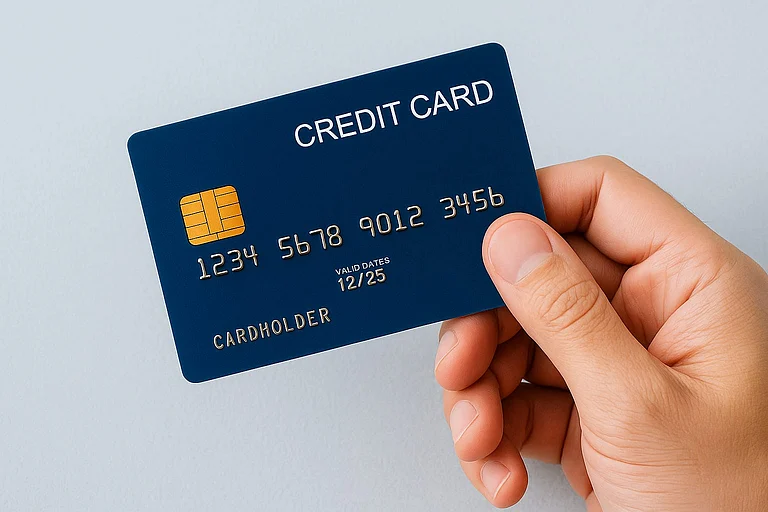A silent revolution is underway in India’s bustling non-metro cities: the massive shift from cash to tap or scan payment getaways. For instance, in Sangli, a small town in Maharashtra, customers and shopkeepers exchange goods with a simple tap of their cards or instant scan of QR codes. Such a scene, once typical of the country’s dense metropolitan cities is now increasingly common in the non-metro regions as well.
A recent whitepaper by Visa Consulting and Analytics (VCA), titled “Bridging the Gap: Payments in India Beyond Metros” shows that digital payment transactions in non-metro areas have seen significant growth since 2019 clocking a surge of 175 per cent.
The study categorises Indian cities into three categories;
Cat A: Metro hubs like Bengaluru, Delhi, Mumbai, and cities such as Pune and Ahmedabad
Cat B: These include rapidly growing cities like Trichy, Bhubaneswar, and Jaipur
Cab C+: The cities that are termed as ‘emerging hubs’ like Tirupur in Tamil Nadu, Sangli in Maharashtra, and Tumkur in Karnataka occupy this category
What Has Led To This Transformation?
According to the report, the following factors have contributed heavily to this transformation in metro-cities;
1) Rising Disposable Incomes: Economic growth in non-metro areas has empowered residents with a greater spending capacity. For instance, cities like Ludhiana and Agra currently rank among country’s top 20 cities with the highest spending of over Rs 2 lakh annually on a single card has grown by approximately 4x in Cat C+ cities, compared to 1.4x in Cat A cities.
2) E-commerce Expansion: Online shopping platforms now reach 99 per cent of India’s postal codes which has made products and services more accessible nationwide. The e-commerce sector in the country is projected to account for a market size of $300 billion by 2030. Visa data shows that the share of online spending in Cat C+ cities jumped from 53 per cent in 2019 to 73 per cent in 2024.
Unlike metro regions, spending behaviour in Cat C+ cities reflects a preference for aggregator platforms over direct merchant websites, particularly in discretionary categories such as apparel and travel.
3) Digital Connectivity and Spending Tools: The Reserve Bank of India (RBI) has reported that digital payment transaction volumes have grown at a CAGR of 45 per cent between FY 207-18 and FY 2022-23, reaching 16,400 crore transactions in FY 2023-24.
The market today is abreast with affordable smartphones, cheaper data plans, and local language digital interfaces which are playing an instrumental role in the expansion of digital payments across the country.
Non-metro consumers are embracing digital services with enthusiasm, spending more on online gaming (16x growth), digital content (9x growth), and other digital platforms in 2024 compared to 2019. The increased digital literacy has made these cities hotspots for India’s growing internet economy which is projected to reach $1 trillion by 2030.
3) Government Initiatives Boosting the Surge: The policies of government also bolstered the adoption of digital payments in India by creating a bedrock to strengthen this growth. Initiatives like Pradhan Mantri Jan Dhan Yojana (PMJYD), the Digital India program, and the Goods and Services Tax (GST) have powered digital connectivity and financial inclusion for the residents in both metro and non-metro regions.
Credit Gap Persists in Non-Metro Cities
The progress in digital payment adoption has been immense, however, credit penetration in Cat B and Cat+ cities remains limited, the data shows. In 2019, formal credit penetration stood at 42 per cent in metros and 10 per cent in mon-metros. Consumers have heavily relied on informal credit sources, such as moneylenders and relatives due to a lack of accessible tailored credit products for the gentry of non-metro cities.
The gap is also a call for innovative credit solutions for this group where products like Buy Now, Pay Later (BPNL) are projected to see a CAGR of 32.5 per cent to reach $15 billion by 2026, the study notes. Moreover, customer-centric rewards like loyalty programs and customised credit cards are also expected to tap into the unmet demand for financial mobility and empowerment.
Challenges To Overcome For Digital Adoption in Non-Metros
Though the non-metro regions are rapidly adopting the digital revolution, there are several challenges that persist and opportunities that must be utilised, such as;
Affordability: There’s still a need for flexible payment options and affordable credit products that particularly cater to the consumers of variable income needs.
Convenience: Though the digital landscape is growing, language barriers, low digital literacy, and connectivity issues are hindrances in the adoption rate. To overcome these challenges, the industry players must adopt user-friendly solutions like voice-based interfaces and local language options.
Trust and Security: The user-friendly solutions optimise tech upgrades, however, this also brings a new problem to the fold, namely cyberattacks. India ranked among the top five countries for cyberattacks in 2022.
Consecutively, new users from non-metros are vulnerable to fraud, which could further deter them from digital banking. Therefore, security is one critical roadblock that must be overcome with every upgrade.
Aspiration: Non-metro consumers have high aspirations, fueling demand for products that offer empowerment and rewards, such as BNPL, loyalty programs, and premium credit cards.
The emergence of non-metro cities as digital payment hubs represents two major transformations; the opportunity of financial and social growth for the residents. Digital connectivity and aspirational spending is pointing towards a future that goes beyond its metros and towards the hinterlands of the country.

















